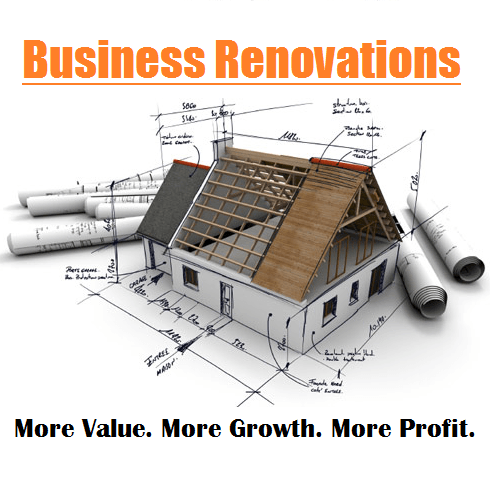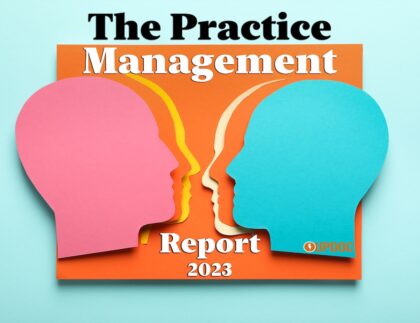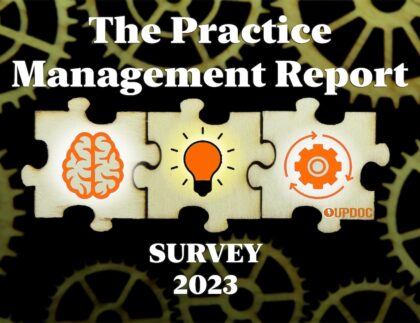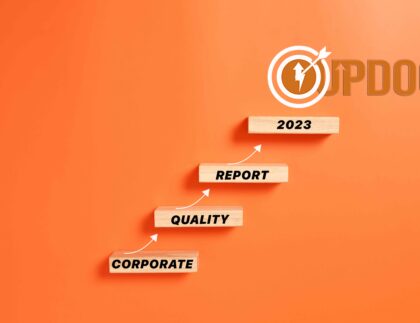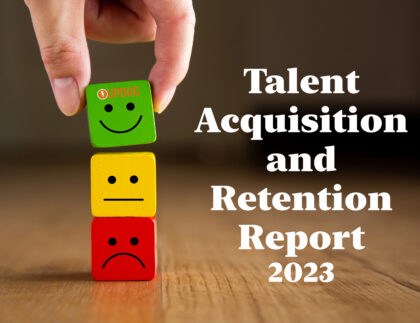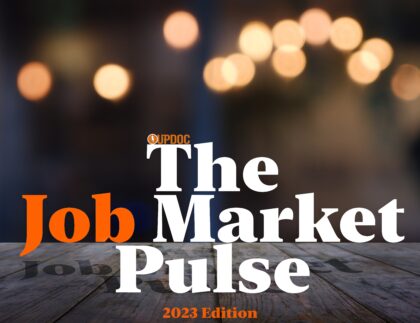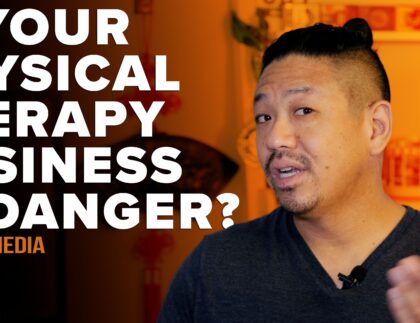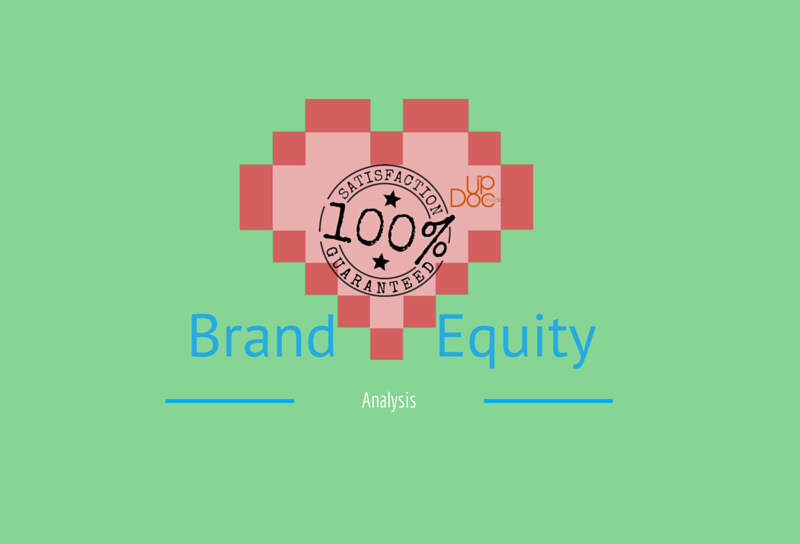

Branding is always a big topic in business. It’s always an interesting talk because there is no true black or white to branding. There is always an element of subjectivity, raw emotion, and gut feeling as it pertains to the business of branding. Still, in business, we can’t just go by our feelings. There needs to be some evidence and numerical backing to what and how we brand our businesses. Today’s case surrounds….
Brand Equity Analysis
There are many ways to measure brand equity. In fact, there even exists a Brand Equity Index. Yet, the issue I take with a lot of these measures is that they remain in the realm of strategy, not tactics — there isn’t any quick response available from many of the ways we measure brand equity. In fact, most measures are a product of after the fact results. That is, except for our focus of the day, Lead Time Loyalty.
Typically, brand equity is measured by the following:
- Brand Separation
- Brand Conversion
- Lifetime Loyalty
- Lead Time Loyalty
1. Brand Separation: Brand separation is the difference in asset exchange one brand needs to subsidize to a consumer to change brands for a single purchase.
“How much of a discount do I need to give you to buy Dunkin’ Donuts instead of Starbucks coffee?”
2. Brand Conversion: Brand conversion is the difference in asset exchange one brand needs to subsidize to a consumer for the product loyalty of the competing brand.
“How much must I pay you for you to switch from an Android phone to an iPhone?”
3. Lifetime Loyalty: Lifetime loyalty is the asset exchange subsidy which a competing firm must give to a consumer for the consumer to switch from a favorite brand to the competitor for the lifetime of brand use.
“How much must I pay you for you to switch from Android to Apple, FOREVER?”
4. Lead Time Loyalty: Lead time loyalty is a two dimensional construct; the length of time for which a customer is willing to wait for their favored brand before switching to a less favorable competitor, and, the asset subsidy a firm must supply the consumer to switch to a competitor for a single purchase.
“Would you buy Dunkin’ Donuts if I could get you your coffee faster? How much of a discount do I need to give you for you to buy Dunkin’ Donuts in that time frame?”
Waiting sucks. In fact, this is one of the biggest deal breakers for consumers in our day and culture of instant gratification. How many times have you gone into a store to buy something, saw the line was long, gave up, and left? I know I’ve done that plenty of times.
Lead time loyalty really breaks things down to the heart of the matter. Why should I wait for you? And, what value does your brand and/or your products bring that makes it so worth it to wait? A market survey and analysis will reveal that your brand exists along the continuum within one of four spaces:
- Valued & High End
- Unvalued & High End
- Value & Low End
- Unvalued & Low End
While this may seem merely conceptual at first, Lead Time Loyalty is the most interesting because it is truly tactical. Companies can draw from real time data on how much of a wait is worth their customer base versus the value proposition they bring to the marketplace. What is even more interesting is that this analysis allows for very precise actionables when paired with Linear Programming, Pricing Strategies, and Optimal Positioning.
Using Lead Time Loyalty as your brand’s measuring stick allows for you to step into the shoes of your consumer, experiencing their wants, needs, and desires while retaining the real time ability to cater to those specific marketplace demands.
Sure… the easy way out is to follow conceptual frameworks and surface based actionables. And, while that may suffice, such strategies are hardly optimal. Companies with strong brands didn’t get to where they were through concepts and feelings alone. They tested the market, kept flexible, and responded quickly to market demands to capture tactically superior consumer bases as it pertained to the value they could bring to their customers.
This, is what a Brand Equity Analysis is truly about. It isn’t a relative comparison, brainstormed across a whiteboard. It is rigorous, methodical, mathematical, accurate, precise, and highly responsive to market demand.
If a clinically precise brand analysis and marketing actionables sound like something you’d like for your business to benefit from, you might want to check out our brand new Business Renovations A La Carte! We are here to accelerate your success — and, we want to make your success both accelerated and affordable.
Thank you for reading this post from October of 2015. UpDoc Media has since shifted from Business Renovations and now offers a Digital Media & Content Marketing service called POWERED By UpDoc Media. Woven into this service includes management consulting as well as business coaching.
